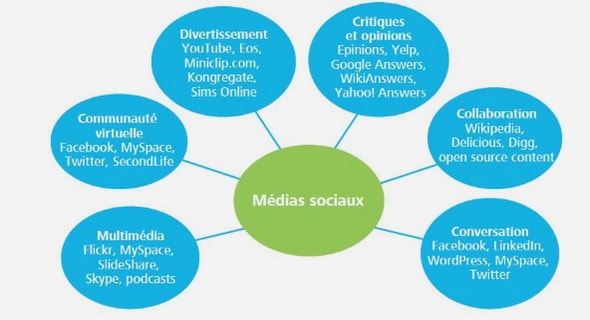(Downloads - 0)
For more info about our services contact : help@bestpfe.com
Table of contents
1 Demand for Insurance and Within-Kin-Group Marriages: Evidence from a West-African Country
1.1 Introduction
1.2 Context and Hypothesis
1.2.1 Data
1.2.2 Motives for within-kin-group marriages
1.3 Testing the insurance motive : the model
1.3.1 Model specification
1.3.2 Threats to causal interpretation
1.4 Testing the insurance motive : results
1.4.1 Main results
1.4.2 Robustness Analysis
1.5 Discussion
1.5.1 Channels of improved consumption smoothing
1.5.2 Why marry a son endogamously?
1.6 Conclusion
Appendix
2 Assessing the Effects of an Education Policy on Women’s Well-being: Evidence from Benin
2.1 Introduction
2.2 Context and Data
2.2.1 Education Policies in the 1990’s inWest Africa
2.2.2 Data
2.2.3 Same treatment, different recipients
2.3 Methodology
2.3.1 Difference in Difference
2.3.2 Regression Kink Design
2.3.3 Duration Model of Entry into Marriage or Motherhood
2.4 Results
2.4.1 Double Difference
2.4.2 Regression Kink Design
2.5 Robustness Checks
2.5.1 Are the results driven by the increase in men’s education?
2.5.2 Migration
2.5.3 Correcting for multiple hypothesis testing
2.6 Channels
2.6.1 Discussing tolerance of IPV as a proxy for women’s empowerment and well-being
2.7 Conclusion
Appendix
3 Marriage Payments and Wife’s Welfare: All you need is love
3.1 Introduction
3.2 Marriage Payments in Senegal
3.2.1 Bride-Price, Cadeau and Bagage
3.2.2 Conceptual framework
3.3 Data and Descriptive Statistics
3.4 Correlates of Marriage Payments
3.4.1 Who draws which marriage payments?
3.4.2 The impact of transitory shocks
3.5 Wives’ wellbeing
3.5.1 Empirical strategy
3.5.2 Results
3.5.3 Main Specification
3.6 Robustness Analysis
3.6.1 Selection on the year of marriage
3.6.2 First marriages
3.6.3 Selection on the residence status
3.6.4 Selection on the relationship to the cell
3.6.5 Heterogeneity by consumption level
3.7 Conclusion


